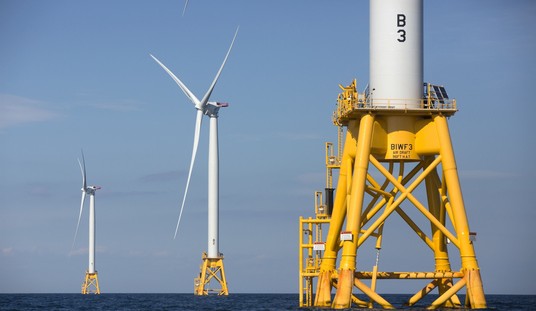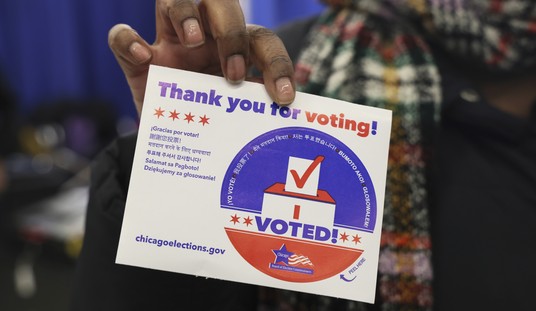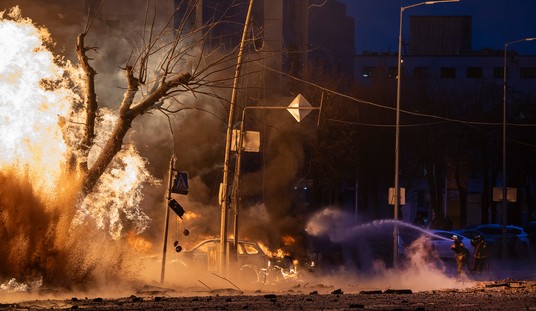The migrant caravan has left Mexico City and is making its way toward Tijuana, across the border from San Diego, California. The Wall Street Journal says some members of the group who had their bus fare paid for them have already arrived while those who are walking still have nearly 1,400 miles to go.
One smaller group of nearly a hundred migrants arrived in Tijuana on buses on Sunday. Two groups of about 800 people in total are advancing across the Pacific states of Sinaloa and Nayarit, while some 1,000 migrants arrived in Guadalajara, in western Jalisco state some 1,400 miles south of Tijuana.
A larger group of some 3,500 people is also heading to Guadalajara.
It will likely be later this week or early next week before the bulk of the migrants arrive in Tijuana.
In coming weeks, they could be joined by two other caravans. One group with some 1,500 migrants is arriving in the city of Puebla, some 95 miles south of Mexico’s capital, while a third one with some 1,000 people from El Salvador is now in the Gulf state of Veracruz, said Irineo Mujica, head of People Without Frontiers, a nonprofit providing support to the various migrant groups crossing Mexico.
The big question is what Tijuana is going to do with up to 8,000 people who may be stuck in the city for weeks or months waiting to file asylum claims. There are already 2,500 people waiting at the border bridge before the bulk of the caravan even arrives. The city’s refugee shelters are currently close to capacity and there is no infrastructure for a large mass of people to live off the grid for several months. From the San Diego Union-Tribune:
The prospect of large numbers of Central Americans converging in Tijuana has been an issue of growing concern, particularly because they could spend weeks or even months in the city waiting for U.S. authorities to allow them to petition for asylum.
“Other cities have welcomed them for two or three days, but one can foresee that a good number of them will stay in Tijuana for a long period, until they are permitted access to the process of being investigated” for asylum applications, Tijuana’s Catholic Archdiocese said in a statement Friday…
Just the prospect of the arrival of large numbers of Central Americans already has fueled opposition of some Tijuana residents. A Facebook group, Tijuana en Contra de la Caravana Migrante (Tijuana Against the Migrant Caravan) — counted more than 1,000 members. It calls for deportation of caravan members without legal status in Mexico, a measure necessary “to avoid their causing a collapse of our region.”
I’m sure the left will find a way to label Mexicans opposed to the caravan racist, but I’m not sure how that will work exactly.
The other question, the one the media has been avoiding for weeks, is this: What happens when people already at the border get tired of waiting to enter by the legal asylum process? What usually happens is that people break up into small groups and some attempt to sneak across the border illegally. President Trump may have made that riskier by signing an executive order that denies the right to claim asylum to those caught crossing the border illegally. That should motivate people to stick with the legal process of asylum.
However, some of the migrants that are part of the caravan must know they aren’t likely to be granted asylum even if they go through all the steps to apply. Wanting a better life and a better job is understandable but not sufficient grounds on its own to be granted asylum. Some of these people already know their best bet is to cross illegally even if they aren’t saying so at the moment.
Meanwhile, the ACLU has already filed a lawsuit against Trump’s executive order. The Trump administration probably expects to lose the early rounds in the lower courts, just as happened with the president’s travel ban. The Supreme Court may eventually rule in Trump’s favor, but that could be months from now, long after the current caravan arrives at the border. In the meantime, how many of the 8,000 people arriving at the California border are going to wait patiently to make asylum claims and how many will decide to simply cross on their own (or with help).
It seems likely that after the caravan reaches the border it is going to break up again, with some taking the slow and patient path toward legal asylum and others deciding to make a run for it.








Join the conversation as a VIP Member